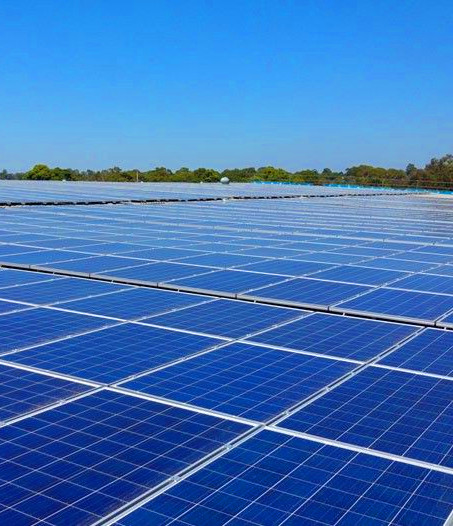Solar heat effect studied
 New research shows rooftop solar panels may heat cities during the day.
New research shows rooftop solar panels may heat cities during the day.
A recent study found that rooftop photovoltaic solar panels (RPVSPs) can increase urban temperatures during the day and decrease them at night.
The findings indicate that full rooftop coverage with solar panels could raise urban temperatures by up to 1.5°C during peak summer and lower them by 0.6°C at night.
The heat generated results from the panels' low reflectance (albedo) and the airflow around them.
In Sydney, almost 40 per cent of the energy produced by RPVSPs could be needed for cooling to counteract overheating.
At night, however, the panels radiate heat, reducing surrounding air temperatures - a benefit, given predictions that night-time temperatures could rise by 4°C by the century's end.
The study also suggests that solar panels, in coastal cities, may enhance sea breeze penetration and help dilute pollutants by increasing wind speeds.
The research led by Dr Ansar Khan from the University of Calcutta, in collaboration with UNSW Sydney’s Professor Mattheos Santamouris, used mesoscale weather simulations due to the lack of large-scale data on rooftop panels.
Professor Santamouris says that solar panels remain essential but require integrated solutions to mitigate urban heating.
Combining them with reflective roofing materials, green roofs, or water-based cooling systems can improve efficiency while reducing heat impact.
“Understanding these changes is crucial for decision-makers considering city-wide RPVSP usage,” he said.








 Print
Print